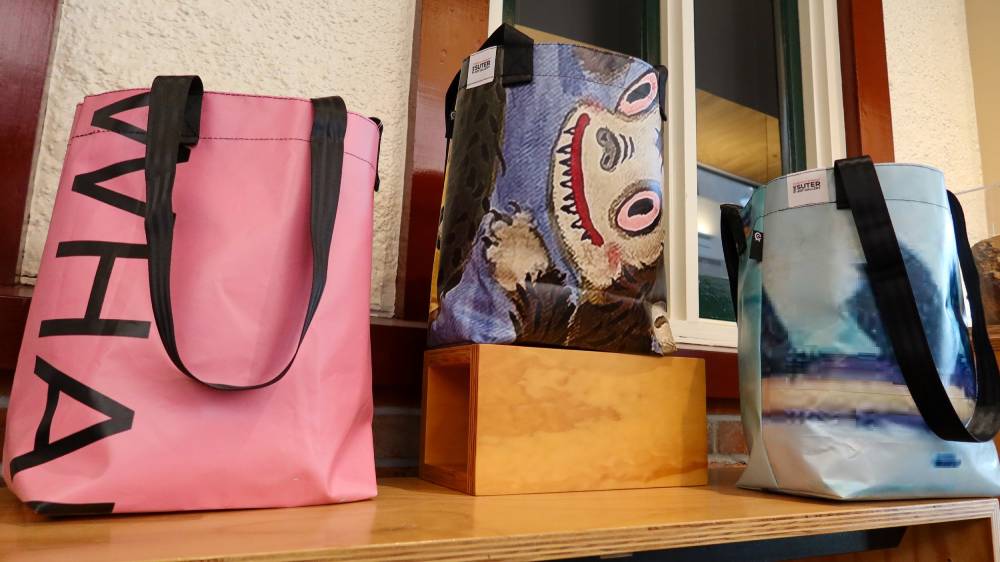
Minimalist Shopping: Buying Less but Better
In this age, consumerism seems to be the driving force behind many of our daily decisions. The concept of minimalist shopping offers a refreshing perspective. This approach is rooted in the principles of conscious consumerism. It encourages individuals to buy less but better, focusing on quality over quantity. Minimalist shopping helps individuals and benefits our environment and society. Let’s explore how.
Minimalist shopping is not just a trend. It is a lifestyle choice that challenges the status quo of fast fashion and disposable decor. Focusing on slow fashion and sustainable decor helps people make choices that match their values. This also supports a more sustainable future. But what exactly does minimalist shopping entail, and why is it gaining traction among consumers? Let’s explore this concept in detail.
Key Benefits / Why It Matters

The Relevance of Minimalist Shopping
Minimalist shopping is more than just a purchasing strategy. It is a mindset that prioritises intentionality and mindfulness in consumer habits. This approach matters in many ways. It affects personal well-being, supports environmental sustainability, and boosts economic resilience.
Personal Well-being
At its core, minimalist shopping encourages individuals to focus on what truly matters. Reducing clutter and cutting out unnecessary purchases helps people create a more organized and peaceful home. This, in turn, can lead to increased mental clarity and reduced stress levels. When we buy less, we free ourselves from the burden of excess, allowing us to appreciate the value of the items we do own.
Environmental Sustainability
The environmental impact of consumerism cannot be overstated. The production and disposal of goods contribute significantly to pollution and resource depletion. By embracing minimalist shopping, consumers can reduce their ecological footprint. Choosing quality over quantity means buying durable and sustainably made products. This approach cuts down on waste and supports the environment.
Economic Resilience
Minimalist shopping also has economic implications. When consumers focus on quality, they can invest wisely for better value over time. High-quality items might cost more at first. But in the long run, they are often cheaper because they last longer and stay in style. Also, backing brands that follow ethical practices helps build a more sustainable economy.
Real-life Applications
The principles of minimalist shopping can be applied across various aspects of life, from fashion to home decor. Let’s explore how these concepts manifest in real-world scenarios.
Slow Fashion
Slow fashion is a key component of minimalist shopping. Fast fashion prioritises speed and low cost. Slow fashion focuses on quality, sustainability, and ethical production. Investing in timeless pieces made from sustainable materials helps consumers create a wardrobe that shows their style. Plus, it reduces their environmental impact.
Sustainable Decor
Minimalist shopping in home decor focuses on choosing items that look good and serve a purpose. Rather than filling spaces with trendy, disposable items, individuals can opt for decor that stands the test of time. This approach makes a living space more beautiful. It also cuts down on waste and helps artisans and brands that care about sustainability.
Step-by-Step Guide / Actionable Insights

Embracing minimalist shopping requires a shift in mindset and a commitment to intentionality. Here is a step-by-step guide to help you get started on this journey.
Step 1: Assess Your Needs
Begin by evaluating your current possessions and identifying what you truly need. Consider the functionality and purpose of each item. This process will help you recognise areas where you can reduce excess and focus on what adds value to your life.
Step 2: Prioritise Quality Over Quantity
When making new purchases, prioritise quality over quantity. Look for items that are well-made, durable, and ethically produced. Consider the materials used, the craftsmanship involved, and the brand’s commitment to sustainability.
Step 3: Embrace Slow Fashion
Transition to a slow fashion wardrobe by investing in timeless pieces that align with your personal style. Choose garments made from sustainable materials and produced under ethical conditions. By supporting slow fashion brands, you contribute to a more sustainable and equitable fashion industry.
Step 4: Opt for Sustainable Decor
Choose sustainable decor for your home. Look for items that are useful and attractive. Consider the environmental impact of the materials used and the production process. Support artisans and brands that prioritise sustainability and ethical practices.
Step 5: Practice Mindful Consumption
Adopt a mindful approach to consumption by considering the long-term impact of your purchases. Before buying, ask yourself if the item aligns with your values and if it will add value to your life. This practice will help you make more intentional and meaningful purchases.
Additional Expert Tips & Common Mistakes to Avoid
Best Practices
- Research Brands: Spend time looking into brands. Check their commitment to sustainability and ethical practices. Choose to support companies that align with your values.
- Invest in Versatility: Select items that can be used in multiple ways or across different seasons. This approach maximises the utility of each purchase.
- Quality Over Trends: Focus on timeless pieces rather than following fleeting trends. This ensures that your purchases remain relevant and valuable over time.
Common Mistakes
- Impulse Buying: Avoid making impulsive purchases based on emotions or trends. Take the time to consider the necessity and value of each item.
- Overlooking Durability: Do not compromise on quality for the sake of cost. Investing in durable items often proves more economical in the long run.
- Neglect Ethical Considerations: Make sure the brands you support are ethical and sustainable. This consideration is crucial in promoting a more equitable and sustainable economy.
Advanced Insights / Expert Recommendations

Embrace Circular Fashion
Circular fashion is an extension of slow fashion, focusing on the entire lifecycle of a garment. This approach encourages consumers to recycle, upcycle, or donate clothing rather than disposing of it. By embracing circular fashion, you contribute to a more sustainable fashion ecosystem.
Support Local Artisans
Supporting local artisans and small businesses is an integral part of minimalist shopping. These entities focus on quality and sustainability. They offer unique, handcrafted items that showcase cultural heritage and craftsmanship. By choosing to support local artisans, you contribute to the preservation of traditional skills and the local economy.
Educate Yourself
Stay informed about the latest developments in sustainable practices and ethical consumerism. Ongoing education helps you make smart choices and push for good change in your community.
Less Is More: Redefining Consumer Habits for a Better Future
Minimalist shopping is a powerful approach that encourages individuals to buy less but better. Focusing on quality instead of quantity helps people support the environment. It also improves personal health and strengthens the economy. Embracing conscious consumerism leads to these meaningful changes. Start your minimalist shopping journey by keeping this in mind: every purchase can reflect your values.
Start your minimalist shopping journey today. First, look at what you own. Then, find ways to improve. Think about how your buying choices affect the world. Try to make decisions that show you care about a sustainable and fair future. In doing so, you will not only enhance your own life but also contribute to a broader movement towards positive change.


